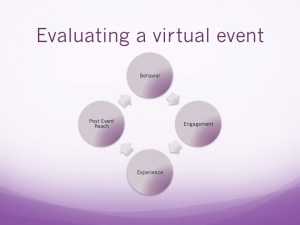I read an interesting piece in the Harvard Business Review, “The Danger of Touting a Product as The Best” by Jingjing Ma and Neal Roese, on why touting your game or product as the best can backfire. Ma and Roese show that positioning your product as the best in comparative ads actually activates a maximizing mindset with customers, where people regard anything less than perfect as a waste of money. While there are some people who are always maximizers (that is, they consider anything not perfect a waste), with most people this attitude is not fixed.
In Ma and Roese’s research, you can induce the maximizing mind-set with situations that encourage customers to make comparisons or to look for the very best product. Once this is activated, the customer may face post-purchase regret and be more likely to switch to another product after a minor disappointment. This phenomenon is particularly powerful in the free-to-play game space, as losing users early has a very powerful impact on lifetime value.
There are several approaches growth and marketing experts can use to mitigate this situation:
- Think twice before running comparative ads.
- Limit assertions of optimal features.
- Do not claim overall to be best, even if you are very good.
Key takeaways
- Telling customers your product is the best can backfire because it sets unreasonable expectations.
- You should consider carefully whether it is beneficial to run comparative ads against your competitors
- Limit your assertions of optimal features.




